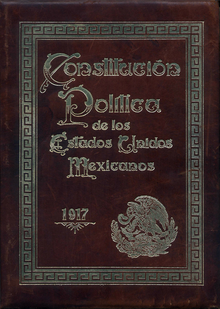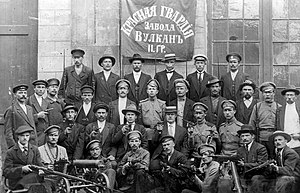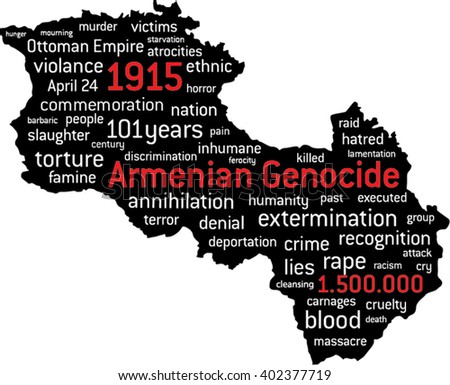 Polytheistic reconstructionism
Polytheistic reconstructionism (or simply
Reconstructionism) is an approach to
paganism first emerging in the late 1960s to early 1970s, which gathered momentum starting in the 1990s. Reconstructionism attempts to re-establish historical
polytheistic religions in the modern world, in contrast with
neopagan syncretic movements like
Wicca, and "channeled" movements like
Germanic mysticism or
Theosophy.
History
So if I want Mexicans to learn the name of
Quetzalcoatl, it is because I want them to speak with the tongues of their own blood. I wish the
Teutonic world would once more think in terms of
Thor and
Wotan, and the tree
Igdrasil. And I wish the
Druidic world would see, honestly, that in the
mistletoe is their mystery, and that they themselves are the
Tuatha De Danaan, alive, but submerged. And a new
Hermesshould come back to the
Mediterranean, and a new
Ashtaroth to Tunis; and
Mithras again to Persia, and
Brahma unbroken to India, and the oldest of dragons to China.
[2]
The term "Reconstructionist Paganism" was likely coined by
Isaac Bonewits in the late 1970s.
[3] Bonewits has said that he is not sure whether he "got this use of the term from one or more of the other culturally focused Neopagan movements of the time, or if [he] just applied it in a novel fashion."
[3] Margot Adler later used the term "Pagan Reconstructionists" in the 1979 edition of
Drawing Down the Moon to refer to those who endeavour through scholarly research and use of folklore, to revive or "reconstruct" a historically accurate, pre-Christian spiritual practice. This emphasis on reconstruction contrasts with the more fanciful and eclectic approaches to paganism, as seen for example in
Wicca.
[4]
Reconstructionism and Neopaganism
Linzie (2004) enumerates the difference between modern reconstructionist polytheism, (such as modern
Hellenismos), and "classical" paganism as found in eighteenth to mid-twentieth century movements, (including
Germanic mysticism, early
Neodruidismand
Wicca). Aspects of the former, not found in the latter, are as follows:
- There is no attempt to recreate a combined pan-European Paganism.
- Researchers attempt to stay within research guidelines developed over the course of the past century for handling documentation generated in the time periods that they are studying.
- A multi-disciplinary approach is utilized capitalizing on results from various fields as historical literary research, anthropology, religious history, political history, archaeology, forensic anthropology, historical sociology, etc. with an overt attempt to avoid pseudo-sciences.
- There are serious attempts to recreate culture, politics, science and art of the period in order to better understand the environment within which the religious beliefs were practiced.[5]
The use of the terms "
Pagan" and "Neopagan" to apply to polytheistic reconstructionists is controversial.
[1] Some reconstructionist, ethnic and indigenous religious groups take great issue with being referred to as "Pagan" or "Neopagan," viewing "Pagan" as a pejorative term used in the past by institutions attempting to destroy their cultures and religions.
[6] In addition, reconstructionists may choose to reject the terms "Pagan" and "Neopagan" in order to distance themselves from aspects of popular Neopaganism, such as eclecticism, cultural appropriation, the practice of magic, and a tendency to conduct rituals within a Wiccan-derived format, that they find irrelevant or even inimical to their religious practice.
[7]
Even among those reconstructionist groups who see themselves as part of the broader, Pagan or Neopagan spectrum, or who simply see some members of the Pagan community as allies, there is still a refusal to accept or identify with what they see as the more problematic aspects of that community, such as the above-noted eclecticism,
cultural appropriation or Wiccan-inspired ritual structures. Many Polytheistic Reconstructionists see Reconstructionism as the older current in the Pagan community, and are unwilling to give up this part of their history simply because eclectic movements are currently more fashionable.
[6][8]
 Self-Realization Fellowship (SRF) is a worldwide spiritual organization founded by Paramahansa Yoganandain 1920[3][4][5] and legally incorporated as a non-profit religious organization in 1935,[6] to serve as Yogananda’s instrument for the preservation and worldwide dissemination of his writings and teachings, including Kriya Yoga.[7] Yogananda wrote in God Talks With Arjuna: The Bhagavad Gita that the science of Kriya Yoga[8] was given to Manu, the original Adam, and through him to Janaka and other royal sages.[9]
Self-Realization Fellowship (SRF) is a worldwide spiritual organization founded by Paramahansa Yoganandain 1920[3][4][5] and legally incorporated as a non-profit religious organization in 1935,[6] to serve as Yogananda’s instrument for the preservation and worldwide dissemination of his writings and teachings, including Kriya Yoga.[7] Yogananda wrote in God Talks With Arjuna: The Bhagavad Gita that the science of Kriya Yoga[8] was given to Manu, the original Adam, and through him to Janaka and other royal sages.[9]





